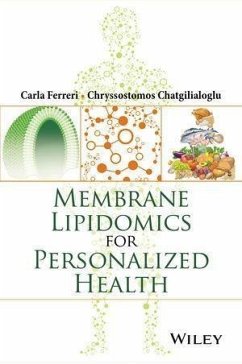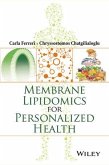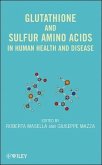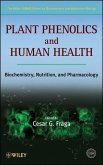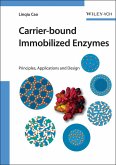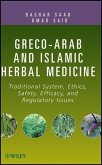Lipidomics is an important aspect of personalized medicine in relation to nutrition and metabolism. This approach has become important due to the substantial presence of nutraceuticals in the market, since it gives personalized criteria on how to choose the right nutraceutical strategy for both prevention and for quality of life.
This multi-disciplinary textbook uses a simple and practical approach to provide a comprehensive overview of lipidomics and their connection with health and nutrition. The text is divided into two parts: - Part 1 outlines the basics of lipidomics and focuses on the biochemical and nutritional aspects with descriptions of the analytical methods employed for the examination of cell membrane fatty acid composition. - Part 2 familiarizes the reader with the use of membrane lipidomic diagnostics in practical health care, using health conditions as examples to introduce the concept of lipidomic profiles in different physiological and pathological situations including prevention. Through the various properties of membrane lipidomics, readers will be able to combine the molecular status of the cell membrane with the evaluation of the subject for personalized nutritional and nutraceutical strategies.
Membrane Lipidomics for Personalized Health will be beneficial to biologists, biochemists and medical researchers, as well as health care professionals, pharmacists, and nutritionists seeking in-depth information on the topic.
This multi-disciplinary textbook uses a simple and practical approach to provide a comprehensive overview of lipidomics and their connection with health and nutrition. The text is divided into two parts: - Part 1 outlines the basics of lipidomics and focuses on the biochemical and nutritional aspects with descriptions of the analytical methods employed for the examination of cell membrane fatty acid composition. - Part 2 familiarizes the reader with the use of membrane lipidomic diagnostics in practical health care, using health conditions as examples to introduce the concept of lipidomic profiles in different physiological and pathological situations including prevention. Through the various properties of membrane lipidomics, readers will be able to combine the molecular status of the cell membrane with the evaluation of the subject for personalized nutritional and nutraceutical strategies.
Membrane Lipidomics for Personalized Health will be beneficial to biologists, biochemists and medical researchers, as well as health care professionals, pharmacists, and nutritionists seeking in-depth information on the topic.
Dieser Download kann aus rechtlichen Gründen nur mit Rechnungsadresse in D ausgeliefert werden.

